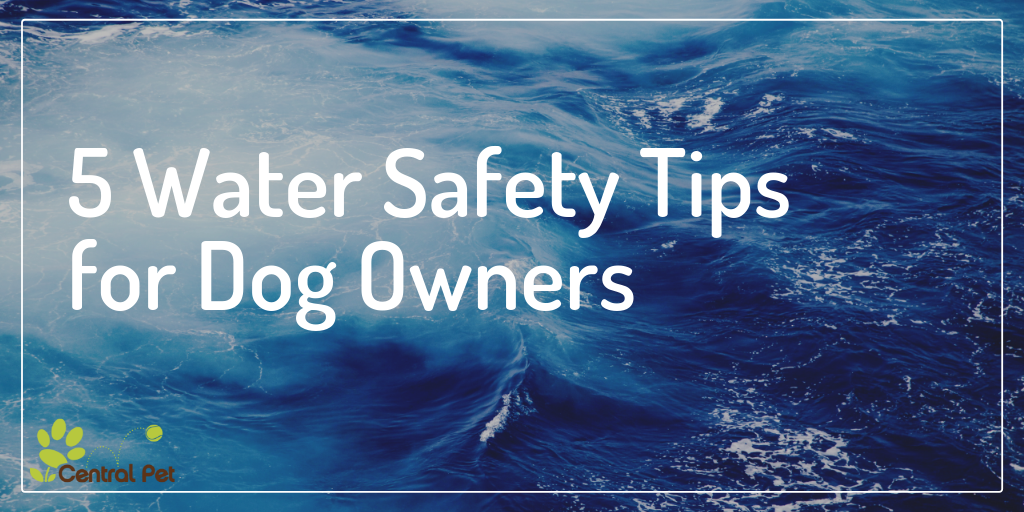When outdoor temperatures rise, many people take to the water--which for dog owners, often includes bringing your pupper. Although water can certainly be a great source of fun, it’s important that you’re aware of the potential hazards he could face as well as how to keep him safe.
Not All Dogs are Natural Swimmers
Contrary to popular belief, not all dogs are natural swimmers. And even if the dog is a natural swimmer, it doesn’t necessarily they can swim well or even want to swim. This is why it’s extremely important to properly introduce your dog to water regardless of their breed.
The Benefits of Swimming for Dogs
The summer heat may seem like reason enough for your dog to take a dip, but swimming can serve as more than just a way for him to cool down. It can also be a low-impact exercise that can help your dog stay active when they are otherwise limited in mobility. For example, dogs with arthritis are able to move around without stress on their achy joints.
The Safer Your Dog Feels, the More Fun It’ll Be
It’s important to take the necessary steps to make your dog feel safe around water. Without doing so, not only are you depriving them of potential fun, you’re putting their safety at risk.
1. Start Out Slowly
Just like humans, dogs must learn how to swim. Don’t ever toss your dog out into the water hoping they’ll automatically catch on. This is both dangerous and scary for your dog. Slowly introduce them to the water, showing positive reinforcement with treats. Place your hands beneath your dog's chest for support as they learn to doggy paddle. When they are able to swim independently, continue to keep an eye on them as a precaution.
2. Invest in a Doggie Life Vest
When taking your dog swimming in open water, be sure your pet wears a life jacket. In addition to that, consider taking a dog CPR class to ensure that you’ll be prepared if an accident occurs.
3. Be Aware of Surroundings
If swimming in areas other than a pool, look around to make sure there are no harmful predators, like snakes or biting fish, lurking in the area.
If your pet will be going for a swim in a pool, keep a close eye out and train him where and how to exit. He may become too excited or overwhelmed and could potentially face exhaustion while circling to get out.
4. Don’t Let Them Drink the Swimming Water
Some pets may swallow a lot of water—and if they are swimming in salt water, salt toxicity can be an issue. To prevent against this restrict saltwater swimming and offering plenty of fresh water before and after your pup splashes in the waves at the beach.
5. Give Your Dog a Rinse
Rinse off your pooch with a gentle dog shampoo once he’s done swimming for the day. Chlorine can cause discoloration to his coat and salt water can dry out their skin. To prevent infection, be sure to dry your dog’s ears.
It’s important to understand that patience is key. Most pets will adjust and enjoy swimming if given the time to feel comfortable in the water. Let your dog acclimate to the idea at his pace and he can decide when and if he’s comfortable enough to take a dive.






